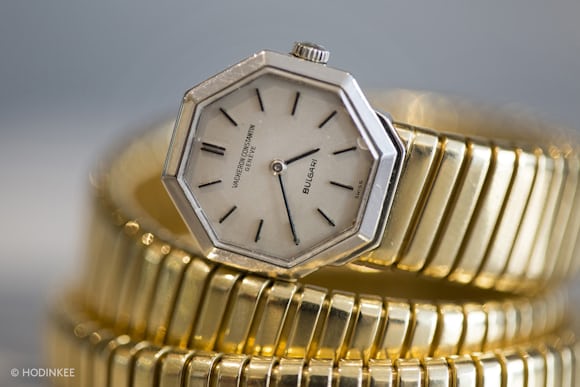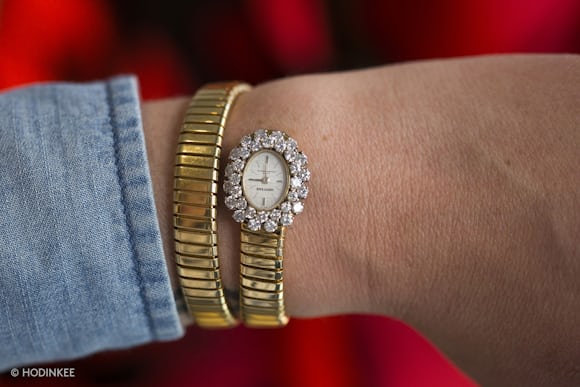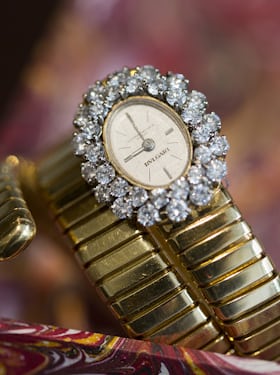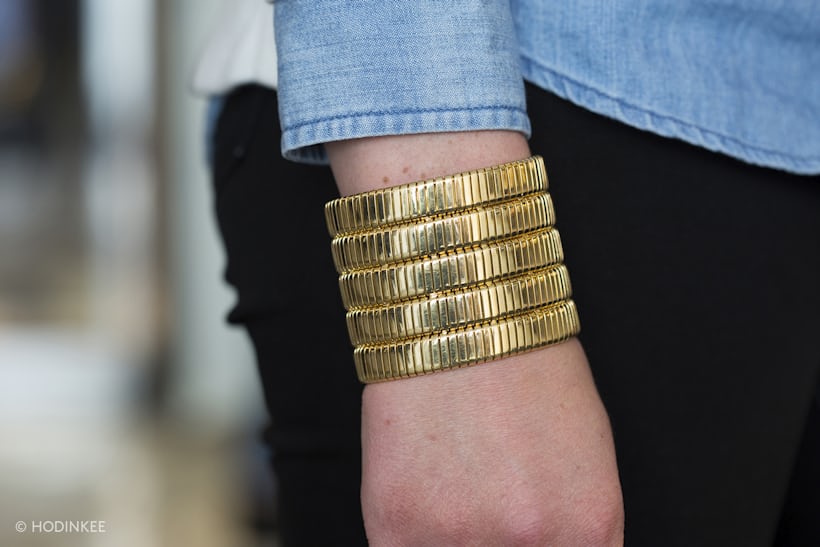The lion's share of attention from collectors goes to wristwatches – this despite the fact that the wristwatch has existed for only a fraction of the time watches as a whole have existed. It's not hard to understand why – pocket watches demand care in handling that wristwatches don't; they tend to look, in general, more alike than not; and moreover, carrying one generally means wearing a waistcoat. The much lower demand, though, means that for a fraction of the cost of a collectible wristwatch, you can get something that represents an almost unbelievable amount of real horological content, and if that's what you're looking for, pocket watches are the only way to go.
Antiquorum's "Rare Patek Philippe & Extraordinary Selection of Pocket Watches" auction is going to be held on the 15th of May in Geneva and it's absolutely chock full of incredible pocket watches, including three tourbillons from Vacheron Constantin, three Urban Jürgensen tourbillons by the legendary Derek Pratt, more tourbillons by master watchmakers Bornand and Guinand, and a slew of complications and art pieces that have to be seen to be believed. A very big chunk of the catalog is devoted to pocket watches from Urban Jürgensen; Antiquorum tells us that they came from a single Danish family's collection. Let's take a closer look at some of these thoroughbred horological machines.
A Thomas Earnshaw Quarter Repeating Pocket Chronometer
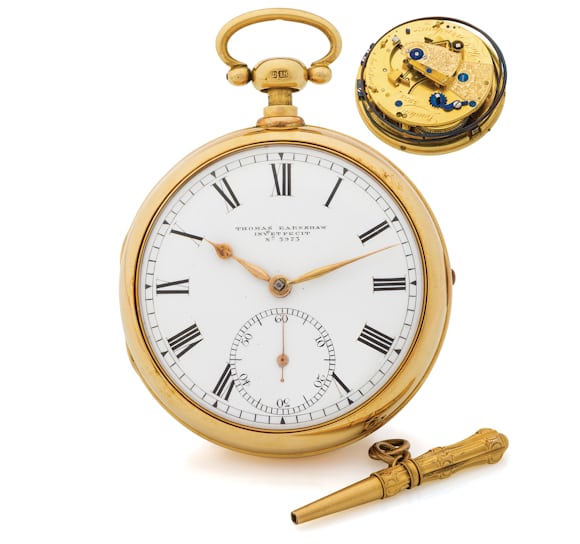
Thomas Earnshaw (1749-1829) was one of the greatest of all English watchmakers, and a renowned chronometer maker; this watch was made in his workshop 1819-20. Earnshaw was famous for his chronometers and his contributions to precision timekeeping, and this is a wonderful example of watchmaking at a time when some of the most important basic precision horological technologies were being developed. This watch has a spring detent escapement of Earnshaw's own design, as well as an early compensating balance, and is designed from the ground up as a high precision timekeeping instrument. As is the case with many of the pocket watches in this auction, it's really an insider's piece – an incredible opportunity for someone who understands Earnshaw's importance in horological history. Obviously this isn't a watch that Absurdly low estimate for a watch of this technical importance and beauty: $5,200 to $7,300.
Three 20th Century Observatory Tourbillons From Vacheron Constantin
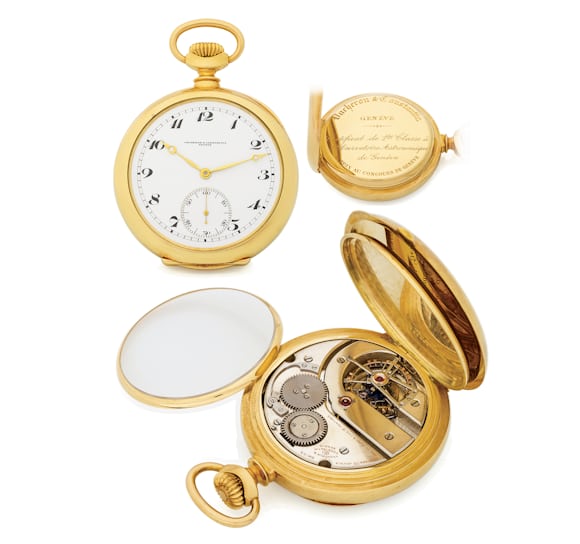
Any observatory tourbillon represents the apex of watchmaking as an exercise in high precision timekeeping, and seeing one in the metal generally requires either special circumstances, or a little extra effort, or both (the last one I saw required a trip to Switzerland and a drive up to the Vallée de Joux to visit Jaeger-LeCoultre). Any one of these three – lots 164, 165, and 166 – could be the centerpiece and high point of any collection; having three of them in one place at the same time is another fantastic opportunity for a focused collector. Unlike the Earnshaw, they're not going to be exactly bargain priced – they're all three 20th century production (lot 164, above, was completed in 1931, has a Guillaume balance, which is the most sophisticated type of compensation balance ever made, and it won first prize in its category at the Geneva Observatory competition the same year) and their brand pedigree ups the price as well.

Estimates on all three are $52,000 to $73,000. That said, by modern pricing standards this is still a screaming steal. Last year, Vacheron Constantin quietly made, at the request of a client, the Coffret Observatoire series of pocket tourbillons – they're a set of five pocket tourbillons, each with a special escapement. According to a discussion on Vacheron's Hour Lounge, the final price was about $4.34 million. That works out to $868,000 per watch. Now this isn't to say that the collector who ordered those watches was overcharged; the Coffret Observatoire watches were the recipients of a phenomenal amount of additional work over and above their tourbillons, including the refitting of the base tourbillon calibers with exotic escapements – but it does underscore just how much value can be found in vintage pocket watches if you know where to look and what to look for.

The lots can be seen here: 164, 165, and 166.
Three Urban Jurgensen Tourbillons By Derek Pratt

Derek Pratt was one of the most widely admired master horologists of the 20th century and these pocket tourbillons, made for Urban Jürgensen, are some of the best examples in existence of his work. Pratt was more than a watchmaker – he was a horologist and experimenter in the spirit of Breguet and Daniels (he was a close friend of the latter and very much involved in the development and evolution of the co-axial escapement). These three lots aren't bargains in an absolute sense either, but as with the Vacheron observatory tourbillons, the degree to which horological value here absolutely outstrips anything you could get for a similar cost in a wristwatch is staggering. Lot 225, above, is a pocket tourbillon with remontoire d'egalité (a constant force mechanism) on the escape wheel. Lot 226 is a pocket tourbillon with a bimetallic compensation balance (completed in 1980, a year when it took a person of a certain fixity of purpose to make a pocket tourbillon with a bimetallic balance!) and lot 227 was completed the same year as 226 and is of identical construction. Estimates on all three are the same: $52,000 to 73,000; I'd be strongly inclined to go for 224 on the strength of the remontoire on the tourbillon, but you can't really go wrong here.
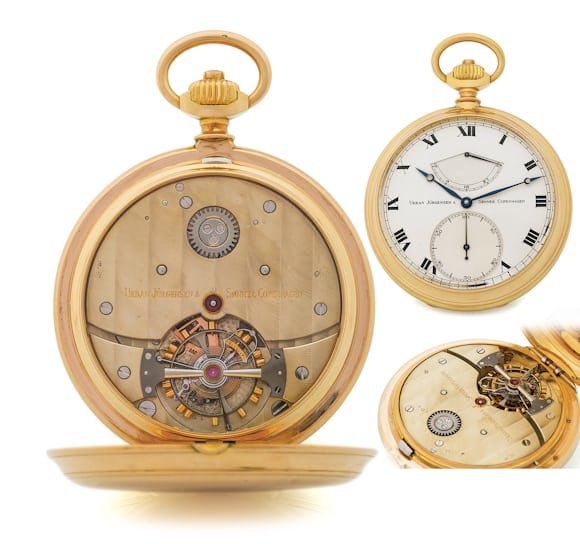

Listings for these lots are here, here, and here. The catalogue is huge, by the way. Just for comparison's sake, the last lot, no. 478, is a Paul Newman Daytona reference 6239, with an estimate of $68,000 to $89,000.

In matters of taste there can be no dispute, it's said. However, if you've a budget of around $60-70k you can get what's basically a very nicely designed but horologically completely uninteresting steel sports watch, that for reasons having to do almost entirely with cosmetics and the ease with which cosmetics can be understood, as well as some historical accidents of fashionability among affluent collectors, is for now very expensive – or you can get something that represents so much enduring craft and care in every respect that really matters in watchmaking, that comparing it to the PN is such an unfair fight that it's over before it starts.
It's true that ultimately, all value is perceived value, and all value is relative. It's hard to avoid thinking, though, that in watch collecting nowadays, some values are more relative than others.
See the entire catalogue here.
Don't have the HODINKEE App yet? Get years of amazing watch content plus new stories, breaking news, and access to great new features like HODINKEE Live, free on iOS.
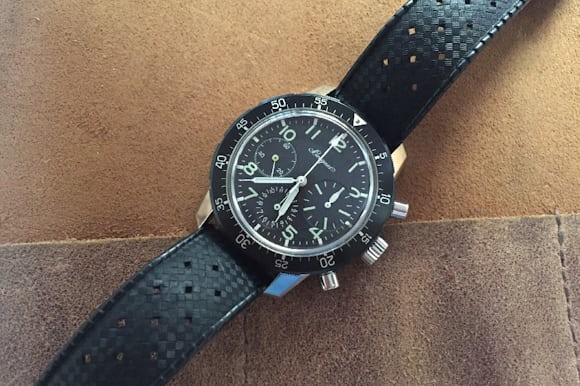
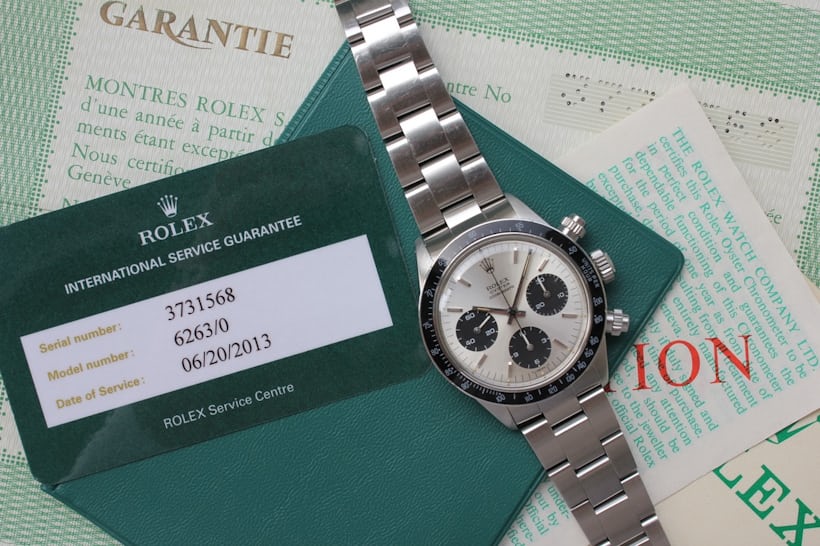

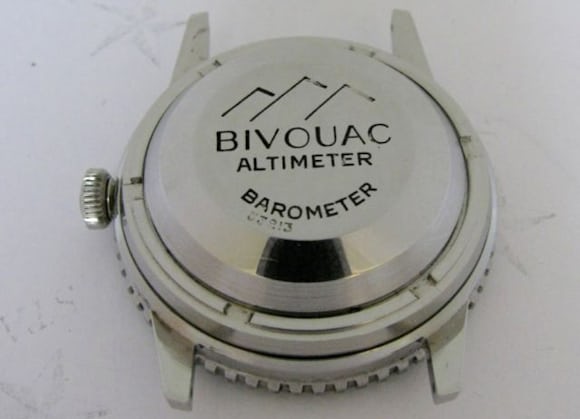

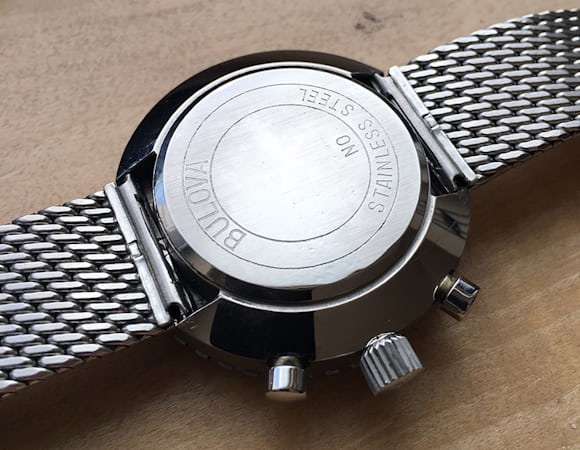
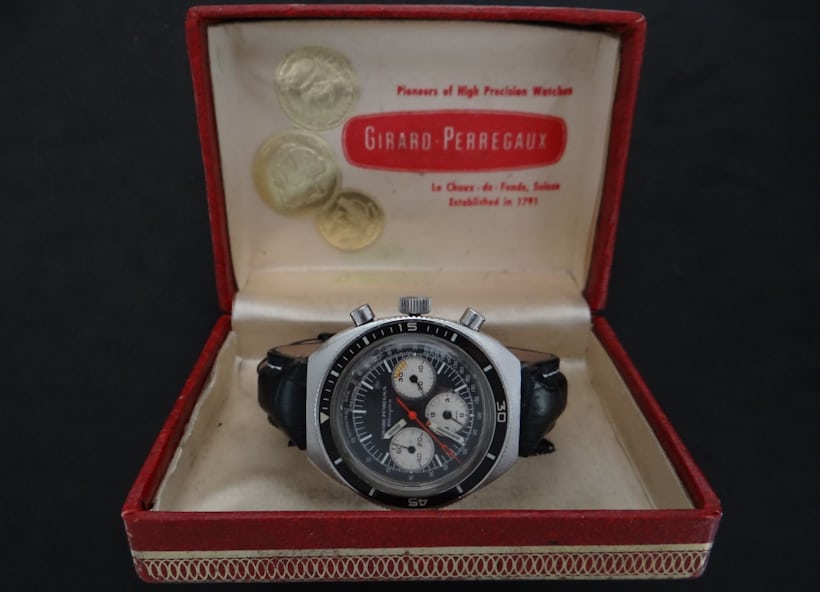
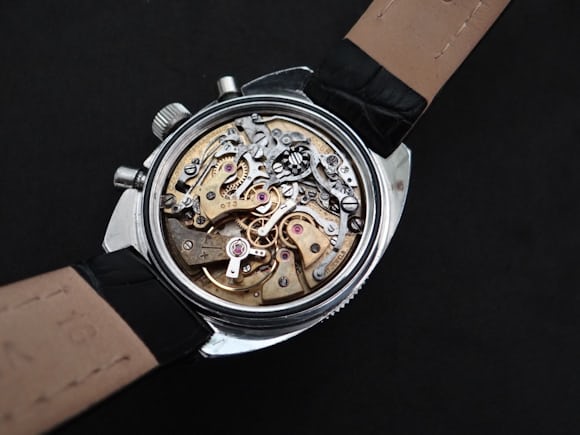


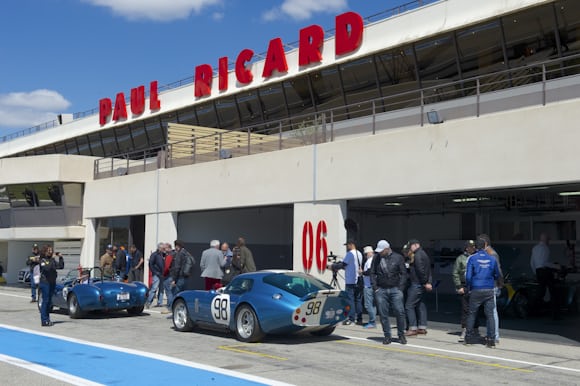
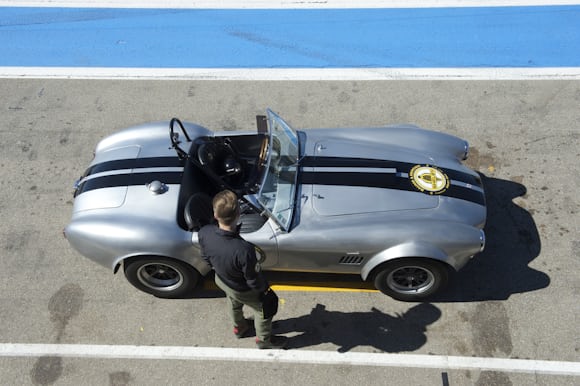
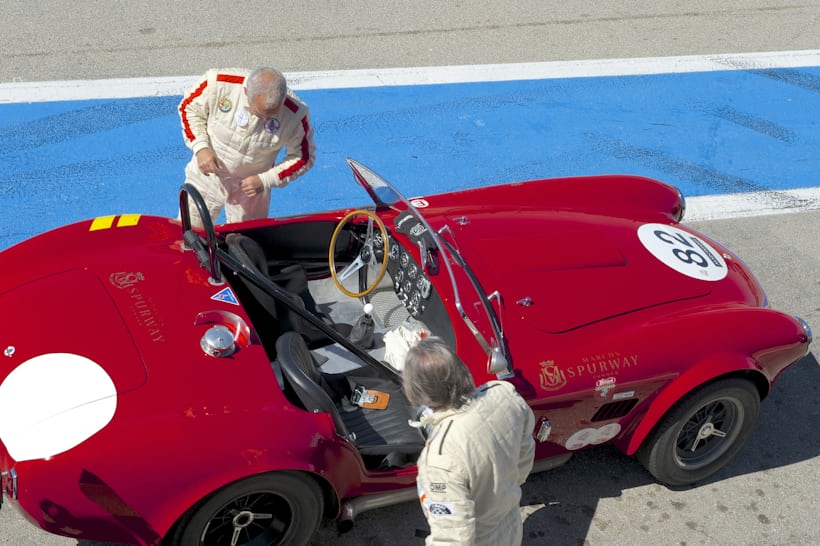
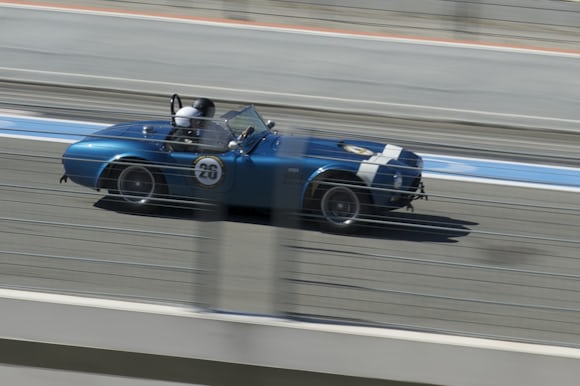
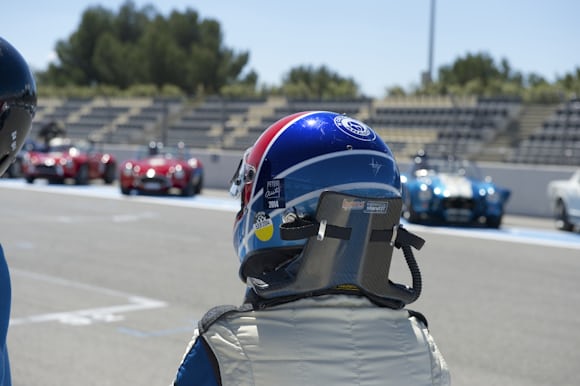
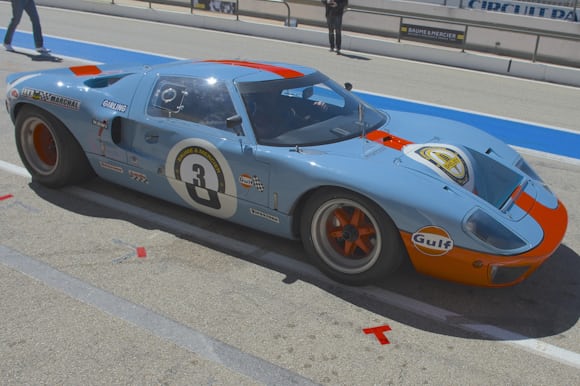

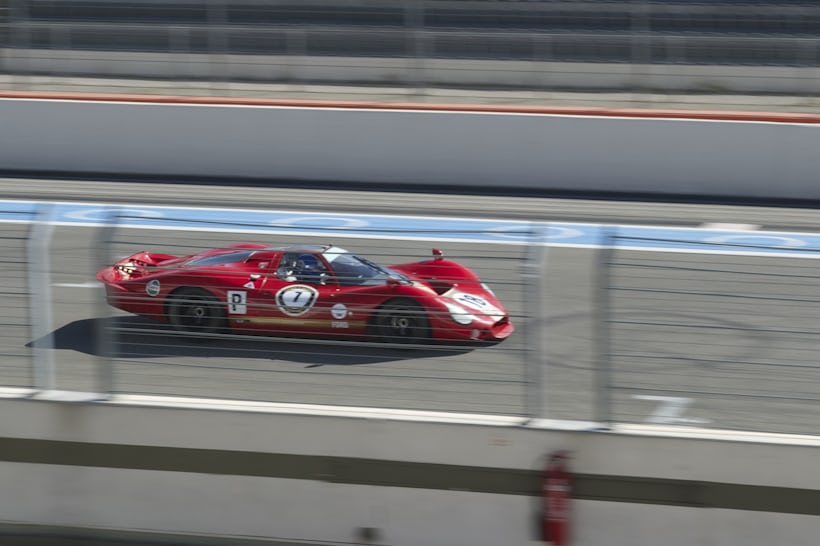

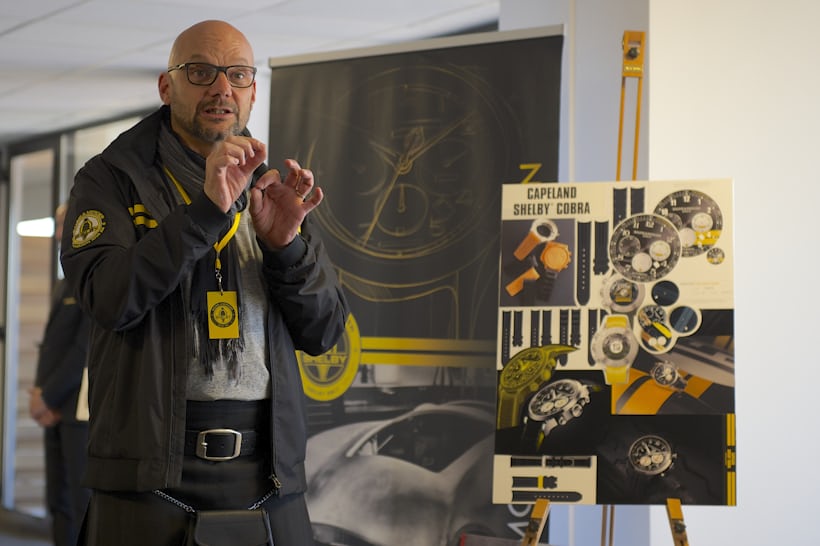



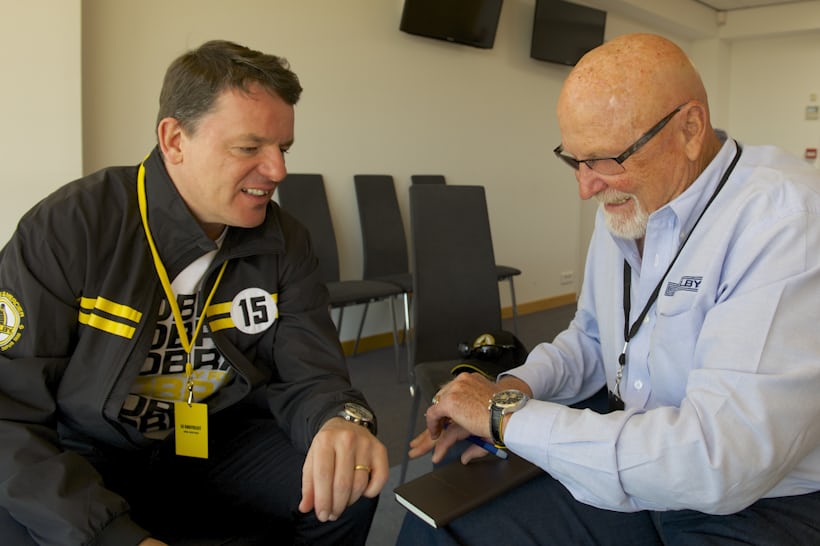
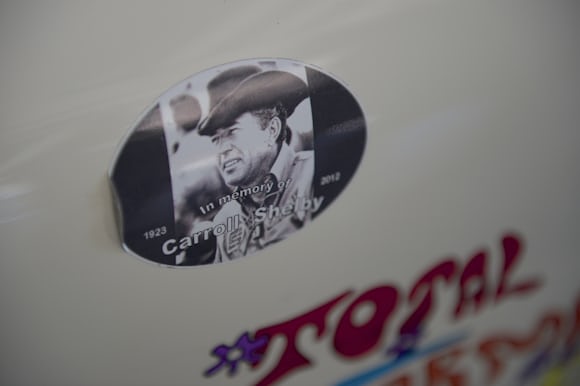
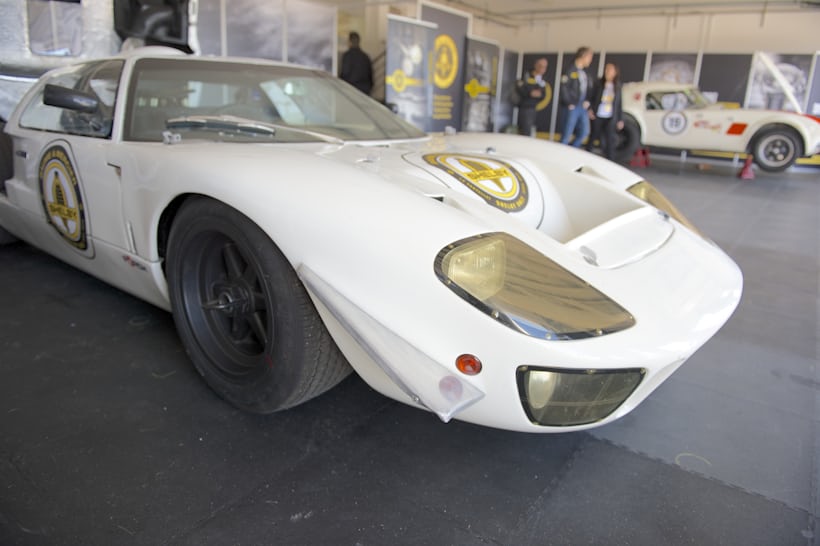
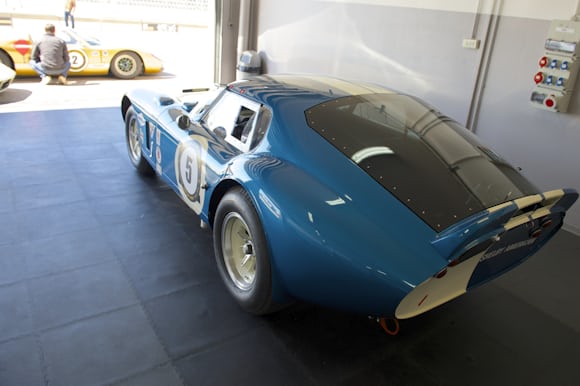

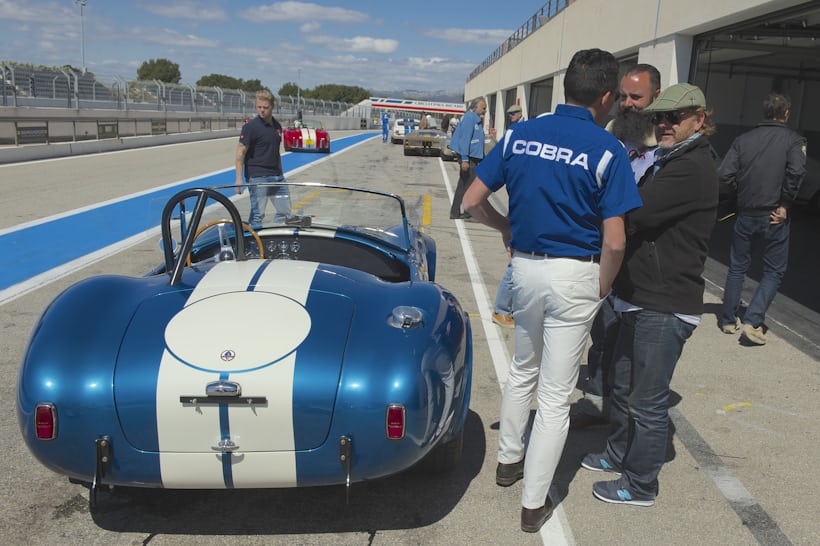



 As the day drew to a close and an evening chill settled on the track, cars were pushed into waiting trailers at the paddock, journalists packed up cameras, and owners’ private jets idled on the runway. As I turned to walk to our waiting bus for the ride back to Marseille, I heard a rising scream from out on the track. A lone driver clearly wanted one more lap before packing it in. It got louder and even without looking, my practiced, if partially deaf, ear told me it was a Ford GT40 winding it out as it entered the home straight. Sure enough, the sleek monster that Carroll Shelby made into a Ferrari killer, came into view and flashed past. I craned my neck over the rail to watch it as it disappeared into the setting sun.
As the day drew to a close and an evening chill settled on the track, cars were pushed into waiting trailers at the paddock, journalists packed up cameras, and owners’ private jets idled on the runway. As I turned to walk to our waiting bus for the ride back to Marseille, I heard a rising scream from out on the track. A lone driver clearly wanted one more lap before packing it in. It got louder and even without looking, my practiced, if partially deaf, ear told me it was a Ford GT40 winding it out as it entered the home straight. Sure enough, the sleek monster that Carroll Shelby made into a Ferrari killer, came into view and flashed past. I craned my neck over the rail to watch it as it disappeared into the setting sun. 
